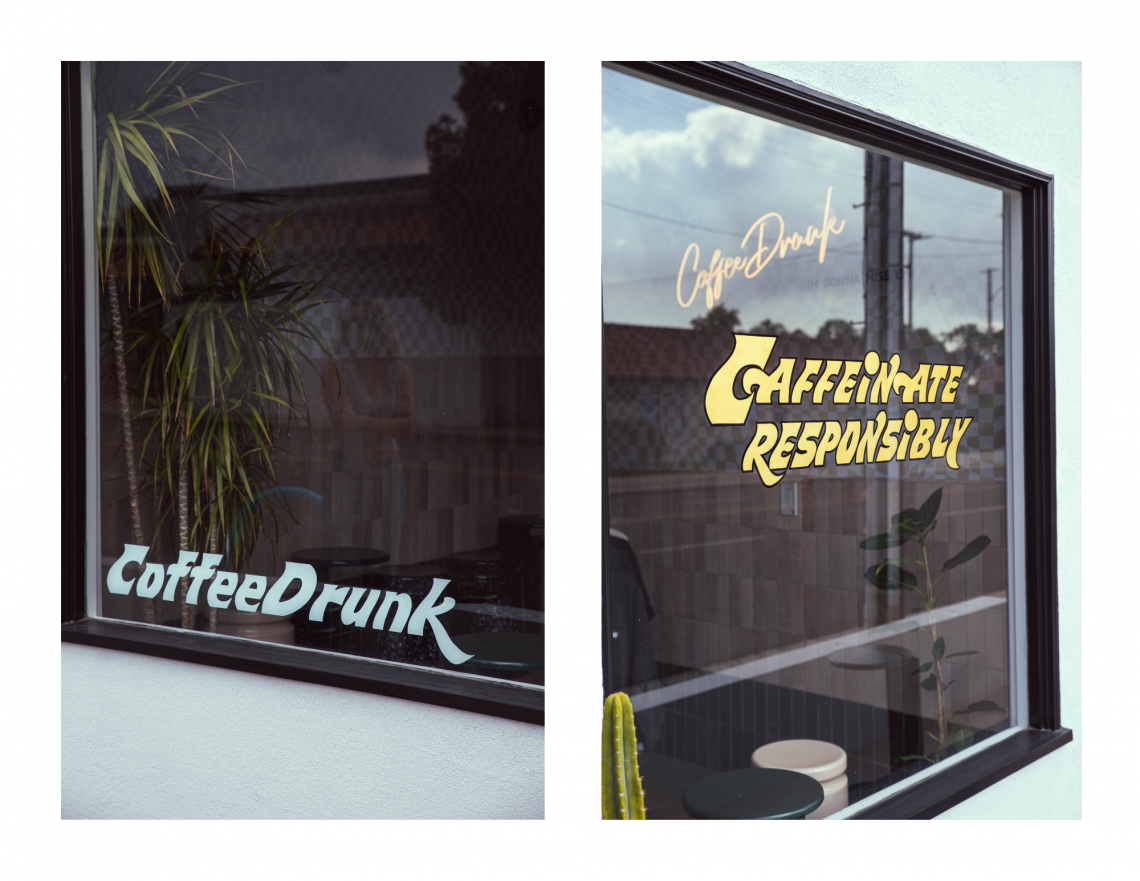Long Beach Landmark: The Port of Long Beach
The Port of Long Beach
More than a century’s worth of rich economic history
Written by Lindsey Goodrow
Painting by Jamie Tablason
The Port of Long Beach, also called the Harbor Department of the City of Long Beach, is an impressive economic gateway that welcomes the world’s largest vessels to its breaches, serving 175 shipping lines with connections to 217 seaports in a multitude of different countries. That’s astounding!
Despite its age (having turned 111 years old this year) the Port of Long Beach is dedicated to becoming one of the most state-or-the-art ports in the world, with efforts to move and handle goods as ethically and sustainably as possible. The future is green for our city’s port with plans to lead a $2.6 billion improvement project that will invest in modern and advanced marine facilities, enhancing reliability, safety and sustainability while also generating thousands of new jobs for our community.
So what led the Long Beach port to become so massive and successful (ranked 6th largest port in the country and voted “Best West Coast Seaport” by industry peers), and what growth and success has our city seen because of it? We explore the history and prosperity of the Port of Long Beach below.
Progress and Perseverance
“To reach a port we must set sail –
Sail, not tie at anchor
Sail, not drift.”
― Franklin D. Roosevelt
In 1897, the federal government selected the San Pedro Bay over the Santa Monica for its harbor development, which would lead to the construction of the Los Angeles and Long Beach ports.
Before spanning a whopping 3200 acres and bragging 25 miles of seafront as it does now, the Port of Long Beach ranged a humble 800 acres. It began with the purchase of the Long Beach Harbor’s slough and salt marshes, followed by the construction of the San Pedro
The United States Navy unofficially uses the ports of Long Beach and Los Angeles as a hub for the Pacific Fleet starting in 1919 and then an economic boom occurs when oil is discovered in Signal Hill in 1921. As demand from the port increases, additional piers are constructed and improvements to the inner and outer harbors are made to accommodate the exponential growth.
The Navy would end up acquiring 100 acres of land on Terminal Island from the city of Long Beach for a great deal of $1, establishing a naval station there. The complex employed more than 16,000 people at its wartime peak.
In 1944, “A pontoon bridge is put in place as a temporary connector between Long Beach and Terminal Island. The floating bridge separates and is retracted when water traffic needs to enter or leave. Rising and falling tides make the trip across an adventure for local drivers, who occasionally drive off and end up in the channel. The temporary span is in place for nearly a quarter of a century before being replaced by the Gerald Desmond Bridge in 1968.”
“Supply Chain Issues”
If you were a resident of Long Beach at the height of the COVID-19 pandemic, you likely bore witness to a surreal image when looking out to the ocean—of a sea full of ships as far as the eye can see. Ocean liners stacked practically on top of one another.
We wanted more stuff at record-breaking levels. This pandemic-fueled boom in e-commerce ended up highlighting weaknesses in our ports’ infrastructure — including its contribution to the area’s disastrous air quality, which ranks among the worst in the country.
Trailblazing Innovations
World’s Greenest Container Terminal
In order to address both the environmental and health impacts that the port has on Long Beach and surrounding cities’ residents, the implementation of the world’s greenest container terminal began in 2001 and was completed just recently in 2021. This impressive operation is a 300-acre mega-terminal with a host of automated, electric and near-zero emission equipment. The terminal can handle 3.3 million containers per year. Projects like this prove that the industry is capable of making smarter choices for our planet and our community.
The Port of Long Beach serves a diverse economy, with sectors in manufacturing, services, oil refining, food processing, and marine research. According to the Port of Long Beach website, it “is the premier U.S. gateway for trans-Pacific trade and a trailblazer in innovative goods movement, safety, environmental stewardship and sustainability. The Port handles trade valued at $200 billion annually and supports 2.6 million jobs across the nation, more than 575,000 in Southern California, and more than 50,000 jobs – or 1 in 5 – in Long Beach.”
While port operations and waste from ships can have a significant impact on water and air quality as well as the health of marine and human life, we can only hope that a push for more green innovations will help offset the harm we’ve caused our planet.
Images sourced from https://polb.com/
Categories
Recent Posts


.png?w=1140)







